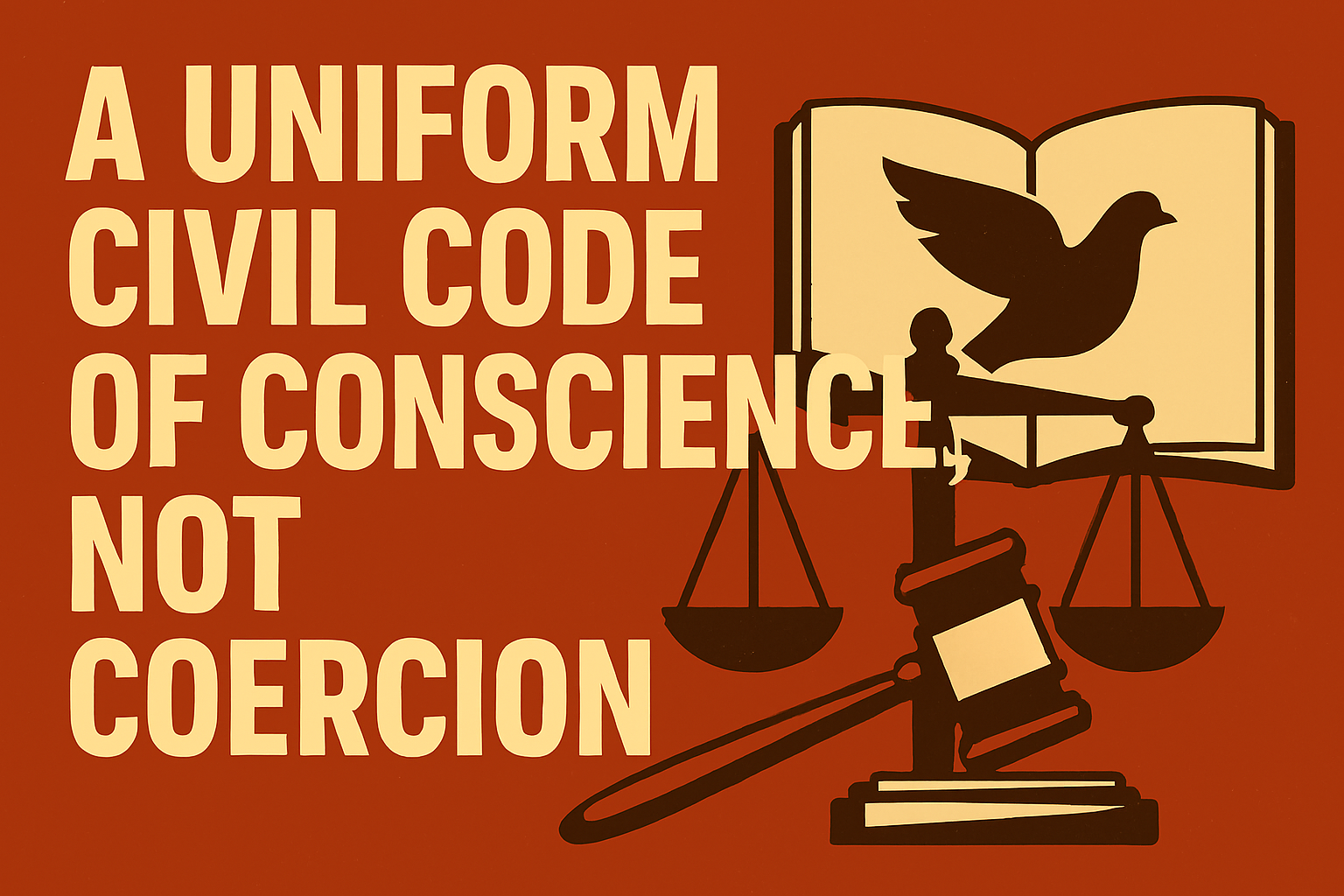



Author – Hridyansh Dutt Mishra
College – Guru Ghasidas Vishwavidyalaya
The Fundamental of any criminal justice system is to provide remedy when citizens’ rights are violated and maintain social order and justice. However, the Indian criminal judiciary system, burdened by procedural complexities and case backlogs, amounts to struggles while delivering timely justice. With a large population of undertrial prisoners and delayed trials.
Plea Bargaining is introduced as a mechanism for speedy trial and justice which, inspired by the Doctrine of Nolo Contendere offers an effective solution. Introduced in India through the Criminal Law (Amendment) Act, 2005, plea bargaining offers accused to accept to plead guilty in exchange for certain judicial remedies, such as shortening sentences or lesser charges. This concept has long been rooted in the United States, but very new and evolving in India.
Structured in the way to reduce pendency, cut litigation costs, and spare victims from the stress of trial in courts. Though its scope is limited to minor cases only, non-severe offenses, plea bargaining has potential to make India’s criminal justice system more efficient and responsive.
Plea bargaining is different from the court’s original jurisdiction to compound cases, as it has structured and pre-trial negotiations between the Defense and prosecution. When an accused picks the path of plea bargaining, the court may accept the plea of guilt from the accused in exchange with the possible reduction of charges and penalties, which depends upon the circumstances, severity of the case and the accused’s background.
This process of justice helps to reduce the duration of trial and costs, also allowing courts to focus on genuine offences.
Plea Bargaining, though a well-established mechanism which was widely practiced in the Criminal justice system around the world, but most notably founded in the United States. In India, this concept in the Indian legal framework is recent and evolving. On an international note, this concept of justice emerged as a practical response to the overload of cases faced by courts, delays in trial and justice, also aiming to reduce trial backlogs by encouraging negotiated settlement rather than prolonged proceedings. In the United States, plea bargain has a central role in the criminal justice system; around 90-95% of the criminal trials are used to be settled under this process of plea bargaining.
In contrast, India’s adoption of plea bargaining was cautious and gradual. Judiciary and legal experts expressed a fear that it could erode the principles of fair trial and judicial scrutiny. The most potential concern was raised about misuse, misrepresentation, coercion, violation of fundamental rights and all these leads to unjust outcomes. As Indian criminal justice procedure was traditional (detailed procedural safeguards and in-depth trial processes) which seems incompatible with the concept of plea bargaining.
The Malimath Committee Report, 2003 was a landmark report which advocated for the introduction of plea bargaining as a measure of quick trial and justice and also to alleviate the burden of courts. The believed and recognised the concept of plea bargaining as a tool for justice without any violating any rights of accused and without any injustice. Based on different reports and recommendations, plea bargaining was legally introduced in the Indian Criminal justice system through the Criminal Law (amendment) act, 2005, which inserted Chapter XXI-A into the Code of Criminal Procedure, 1973.
Recommendations of Law Commission of India and other committees through their reports:
The Law Commission of India, recommended the introduction of Plea Bargaining in India through their different reports with time (142nd, 154th, 177th).
This report recommendation introduced plea bargaining in India to reduce case burden on courts and quick trial and justice for non-severe criminal offenses. Report proposed a system where the accused voluntarily pleads guilty in exchange of leniency on charges or penalties like barter system.
Its objective is to introduce the concept of plea bargaining in the Indian Criminal justice system and address the case backlogs in courts. Report says about introduction of plea bargaining for offences punishable with imprisonment up to 7 years (excluding serious crimes or crimes against women/children).
This report supported the introduction of plea bargaining as a tool to reduce the burden on courts and get speedy trial and justice. It acknowledges the recommendation of 154th Report also marks the urgency of the plea bargaining in Indian Criminal Judicial system.
The committee agreed on the recommendations of Law Commission 142nd and 154th, also listed the importance and benefits which come with plea bargaining.
Plea Bargaining, a process where an accused agrees to plead guilty in exchange for concessions from the prosecution or charges, is a relatively recent concept in India’s Criminal Justice System, introduced in 2005. While intended to expedite trials and reduce backlogs, its effectiveness in India has been limited, with a low adoption rate among both parties and courts.
Compared to the United States, where plea bargaining is more widely accepted around 90-95% trials are under plea bargaining, India’s system has unique features including restrictions based on the severity of the offenses and courts have the power for the admissibility of plea bargaining.
In the United States, plea bargaining is primarily between the prosecutor and defendant, outside the court’s supervision. While in India, this process of plea bargaining needs a formal application from the defendant to the court, and the court has the power to reject, modify (if unfair or inadequate), and accept. The application and usage of Plea Bargaining is more widely accepted and used in the United States Criminal justice system than in Indian Criminal justice system.
Plea bargaining has a long background in US history, dating back to the 19th century, while in India its formal introduction is in 2005 by the Criminal Law (Amendment) Act, 2005.
OBJECTIVES: –
– The Accused: provides a chance for a lighter sentence or other legal favours.
– The Prosecution: allows prosecution to secure a conviction and avoid the time and resources for a full trial, especially in cases where the evidence is strong.
– The Courts: helps to reduce the workload, backlogs of courts, and allows them to focus on more serious and complex ones.
Plea bargaining in India governed by Chapter XXI-A of Code of the Criminal procedure (CrPC), 1973, formally introduced in India through the Criminal Law (Amendment) Act, 2005. It was inspired by the practices which are prevalent in the United States and was recommended by different Law commission reports (142nd, 154th,177th) and supported by the Malimath committee on criminal justice reforms.
– Section 265A: Defines the applicability of plea bargaining.
– Section 265B: Defines the procedure for filing an application for plea bargaining.
– Section 265C: Guidelines for the mutual satisfactory disposition of dispute between accused and victim.
– Section 265D to 265F: Procedure for court hearing, preparing reports, and pronouncing judgements.
– Section 265G to 265L: State that plea bargaining does not appeal and bar subsequent use of statements made during the process.
– Charge Bargaining: The accused pleads guilty to a lesser charge than imposed previously. Leniency or concession on charges.
– Sentence Bargaining: The accused agrees to plead guilty in exchange for a reduction of sentence. Negotiation on punishments.
– Fact Bargaining: Negotiation on facts which were admitted in the court. The accused admits to certain facts in return for other facts withheld from the evidence. This type of plea bargaining is less in use and controversial or debatable in India.
Plea bargaining not permitted on:
Serious crimes/offences: cases where punishment exceeding 7 years, life imprisonment and death penalty. (murder/rape/dacoity)
Socio-economic offences: Corruption, Financial/Economic offences, Banking/Insurance fraud, Environmental law violations. On these offences’ plea bargaining is not permitted as per the notice of the Ministry of Home Affairs.
Repeat offender: Accused with previous conviction for the same offence are not eligible for plea bargaining.
With respect to victims:
With respect to accused:
With respect to courts:
Issue: Can a Criminal case be disposed of based on only plea bargaining and a subsequent reduction in sentence? Is such practice being constitutional in India?
Judgement: The Supreme Court completely disapproved the High Court of Allahabad’s previous judgement in which accused grants concession on sentence on solely grounds of plea bargaining. Here SC held “It is settled law that on the basis of plea bargaining, court cannot dispose of any criminal case without evidence and complete trial. If the accused confesses his guilt, an appropriate (given in laws) sentence is required to be imposed.”
Issue: Plea bargaining, although not codified in any Indian law at that time, can be considered as the method to resolve minor criminal cases.
Judgement: The Gujarat High Court took a progressive step towards the Indian criminal justice system, by recognizing the utility of plea bargaining for reducing delays in justice and less judicial burden. HC sees plea bargaining as a tool which can provide quick justice and at the same time less burden on courts by fair supervision. This case laid the groundwork for the 2005 amendment to CrPC.
Plea bargaining is a process where the accused negotiates with the prosecution to get concession on sentence or charges by admitting the guilt.
United States having a well-established practice on plea bargaining. In India, the concept of plea bargaining was formally introduced by Criminal law (amendment) act, 2005, which inserted Chapter XXI-A (Section 265A to 265L) into the CrPC 1973. In India plea bargaining have limitations not like the US’s plea bargaining system, here plea bargaining is provided to the minor criminal offences only.
This idea was firstly proposed by 142nd India law commission report which followed by 154th report then 177th report and also supported by Malimath committee on criminal justice reforms, also different landmark judgements helped Indian judicial system to adopt this idea, and all this made a conclusion as insertion of plea bargaining to Indian criminal judicial system.
https://www.thelegalyoungster.com/legal-internship/